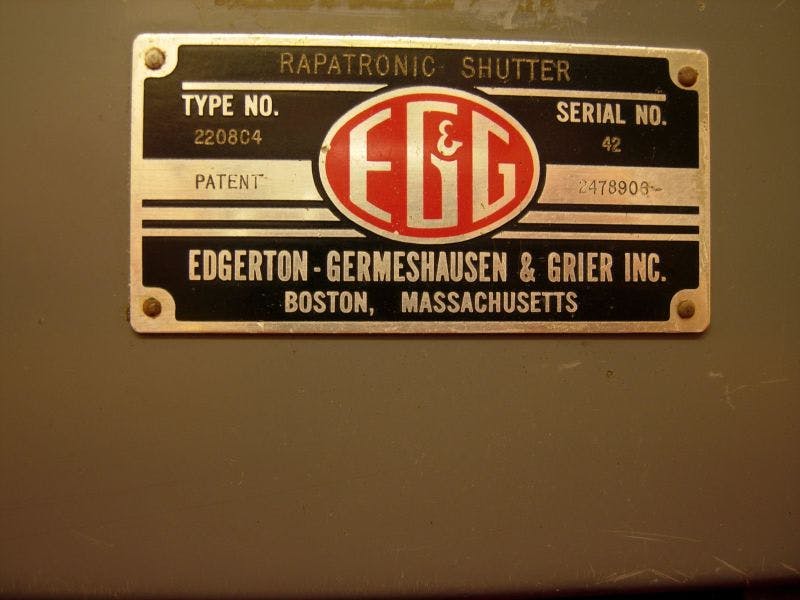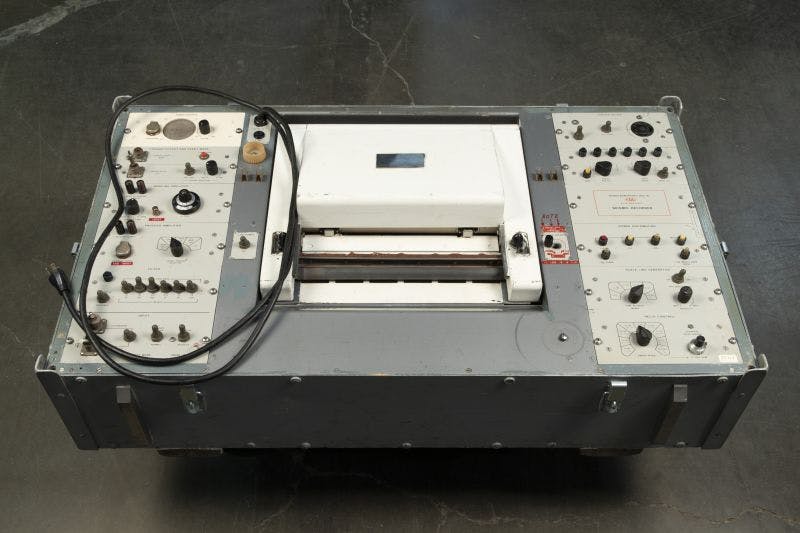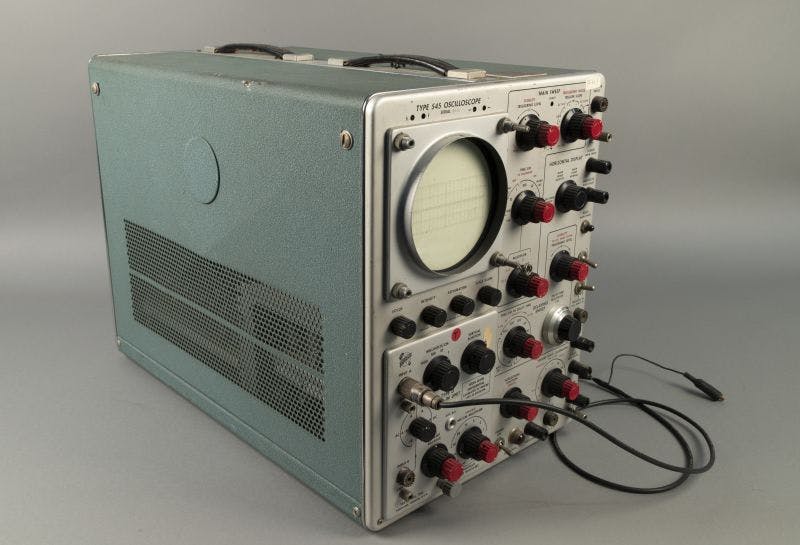
Model 254 Seismic Recorder

Description
The Edgerton, Gemershausen & Grier Model 254 Seismic Recorder was one of the early successful sonar recording devices and made ample use of the new field of semiconductor electronics. Signals from the sonar transducer, or pinger, were processed and then presented graphically via a paper printout. The printing system used wet paper with a helical printing mechanism designed by the Alden Electronic and Impulse Recording Equipment Company.
The Model 254 Recorder was designed by Edward P. Curley, Jr., who had worked at Clevite Transistor prior to coming to Edgerton, Gemershausen & Grier. He later founded his own company, EPC Labs in Beverly, MA, and specialized in graphic recording devices.
This recorder was used for some early, and notable, sonar-aided shipwreck discoveries, including the Martha’s Vineyard Lightship in 1963 and the Tudor warship Mary Rose in 1967.
Related organizations

Related objects

Type 545 oscilloscope
Related - 1985.061.002
